When it comes to insect fecundity, or the ability to produce offspring, a few insect species exist that can lay the absolute most number of offspring at a time. While insects, as a class, remain plentiful, the ability to lay and hatch hundreds, thousands, or even millions of young at a time remains privy to a fair few. On average, eusocial insects (insects that maintain the highest form of social organization) have a higher fecundity than nonsocial insects.
After interviewing several pest experts, AZ Animals compiled a list of the top five insect species that produce the largest litter at once. Keep reading to discover more — and keep in mind that all fecundity numbers, though based on research, remain rough estimates.
African Driver Ant (Dorylus helvolus)
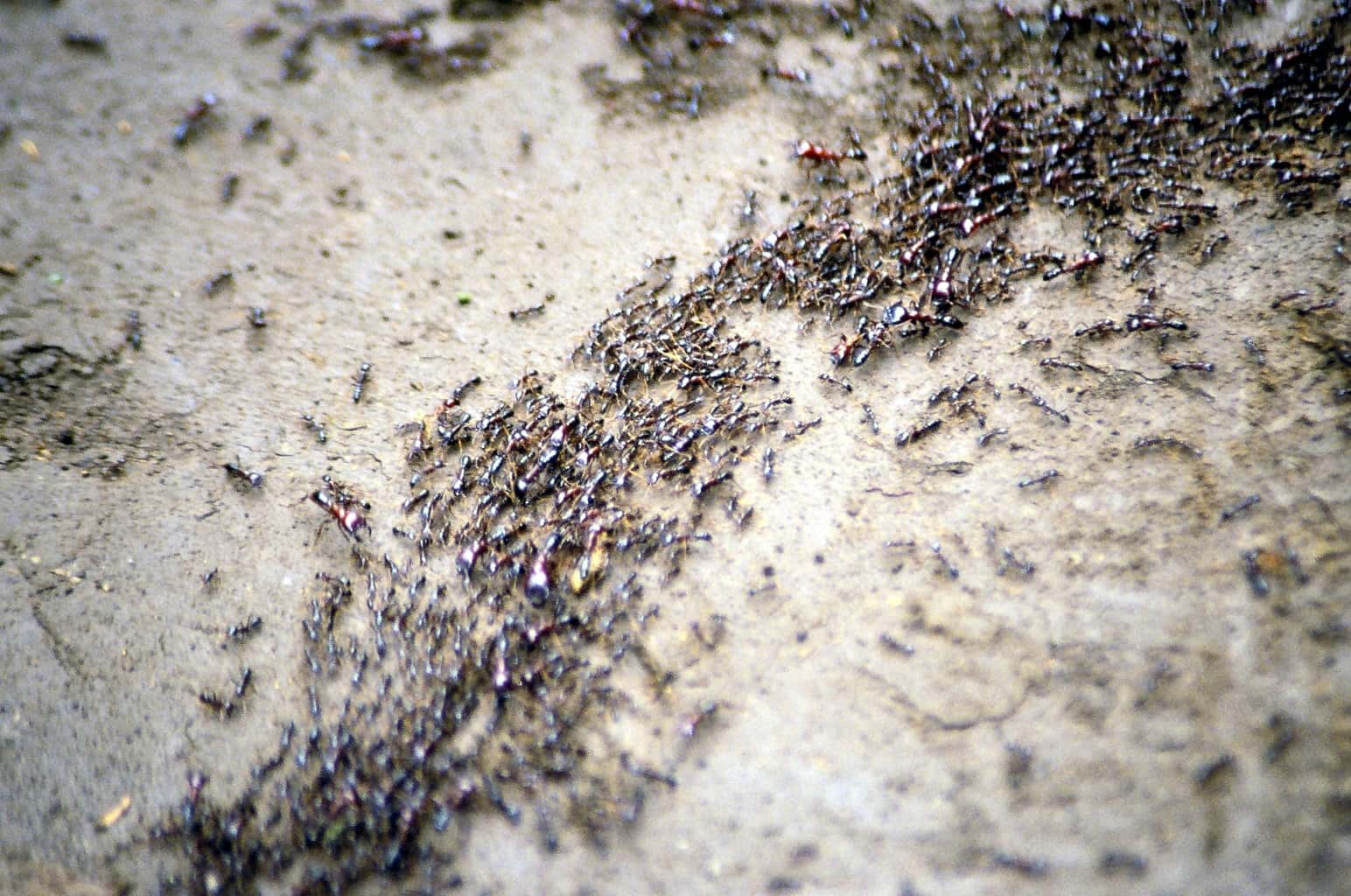
African driver ant queens lay millions of eggs a day.
©Mehmet Karatay / CC BY-SA 3.0 - License
Driver ants have the highest fecundity of eusocial insects according to research — and the African driver ant tops the charts at how many eggs one queen can lay at a time. During the time in which she lays a brood, the female African driver ant can lay between three and four million eggs every 25 days. Thanks to its 15,000 ovarioles, the queen can lay eggs consistently within a span of five or six days every three to four weeks.
“This incredible number is vital for the survival and expansion of their massive colonies, which are among the largest of any animal,” said Shawn Gleason, a seasoned entomologist with a Ph.D. from the University of Florida and the founder of Bugs Encyclopedia.
Another expert, Allan Bossel, agreed and added his own commentary on the driver queen. “Queen driver ants are [some of the largest ants], growing up to 2 inches long, which is an important point to make because the size of a female eusocial insect is directly correlated with its fecundity. The bigger the queen, the more baby ants it can produce, and thus the bigger litter size she has!”
Other driver ants will lay anywhere between one and two million eggs in a month — about half that of an African driver ant queen. Outside of the driver ants, ants still have exceptionally high fecundity over other insects. The army ant, for example, will lay a brood of about 120,000 eggs a month.
Termites (Termes bellicosus)
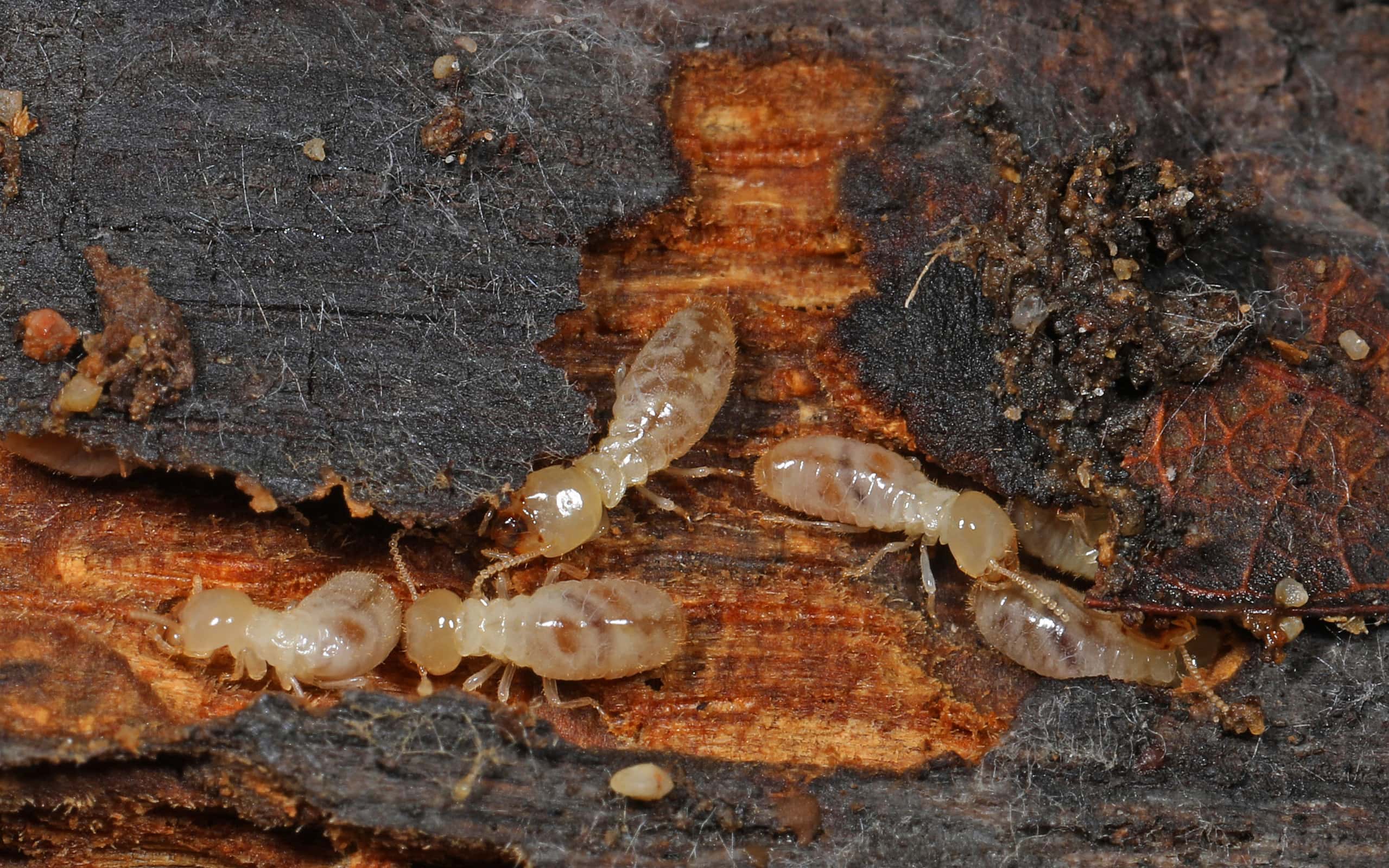
Termite queens can live about 10 years.
©Judy Gallagher, CC BY 2.0 - License
A bane of homeowners or anyone with wood structures in their possession, the termite reproduces often and in large quantities.
Did you know that a queen of the termite species Termes bellicosus can lay up to 30,000 eggs in a single day? Not to mention — she’ll live about 10 years, notwithstanding external forces — which means this single termite queen will lay over 100 million eggs in her lifetime. In the short term, that number breaks down to around 25 eggs a minute. That’s much different than some mammals with gestational periods of 22 months!
Australian Ghost Moth (Trictena atripalpis)
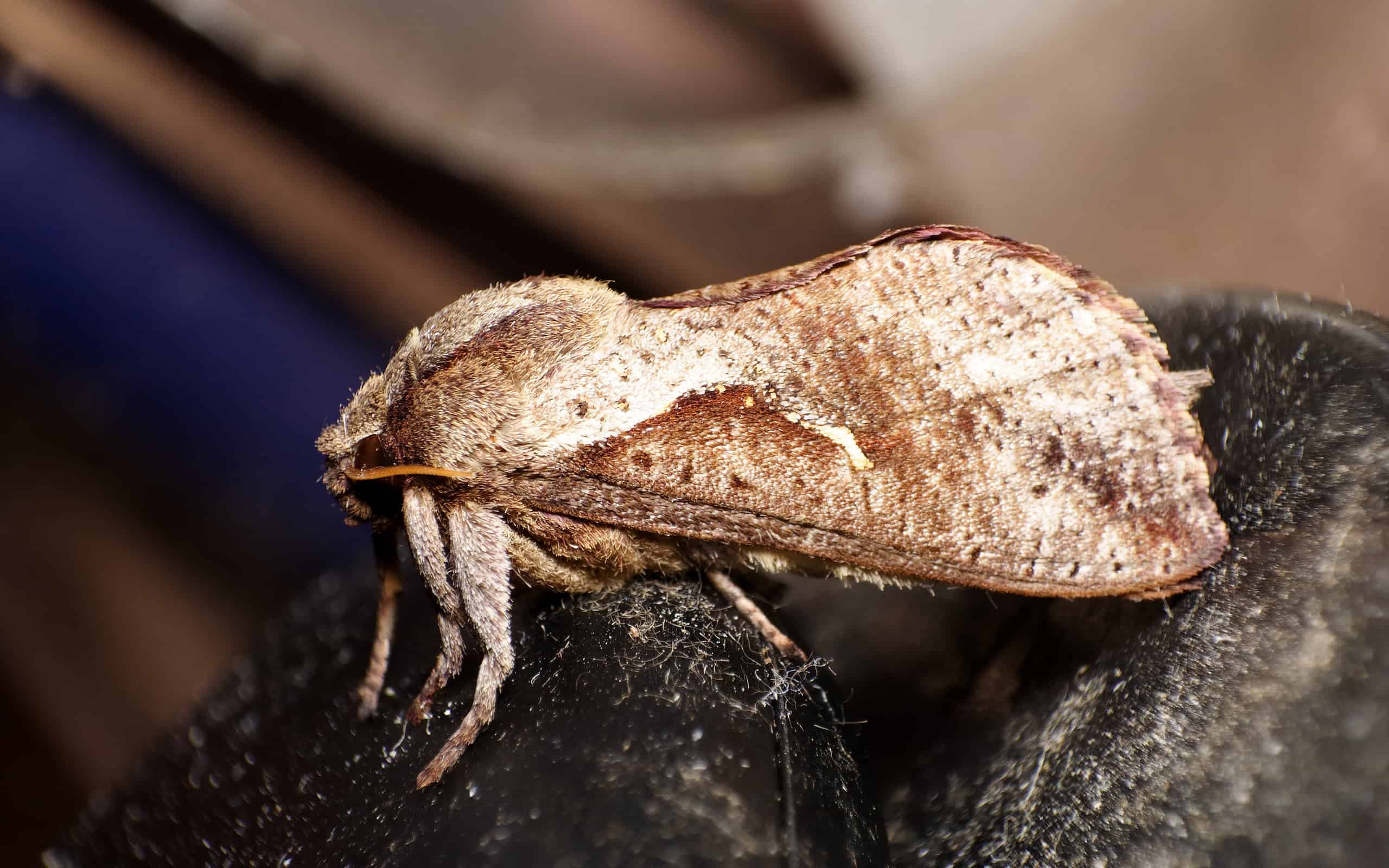
Other moth species may lay more eggs at once than the Australian ghost moth.
©Andrew Waugh/iStock via Getty Images
Despite its nonsocial status, the Australian ghost moth rivals other eusocial insects with its plentiful egg-laying. One researcher captured a ghost moth in Adelaide and watched it lay over 29,000 eggs with an additional 15,000 eggs in its ovaries.
The Australian ghost moth isn’t the largest of the ghost moths — so it’s possible that other, larger species may have an even higher fecundity. Unfortunately, scientists and researchers haven’t published any recent papers on ghost moth species with higher fecundities than what’s already been found in the Australian ghost moth.
Parasitoid Wasps (Kapala terminalis; Stilbula cynipiformis)
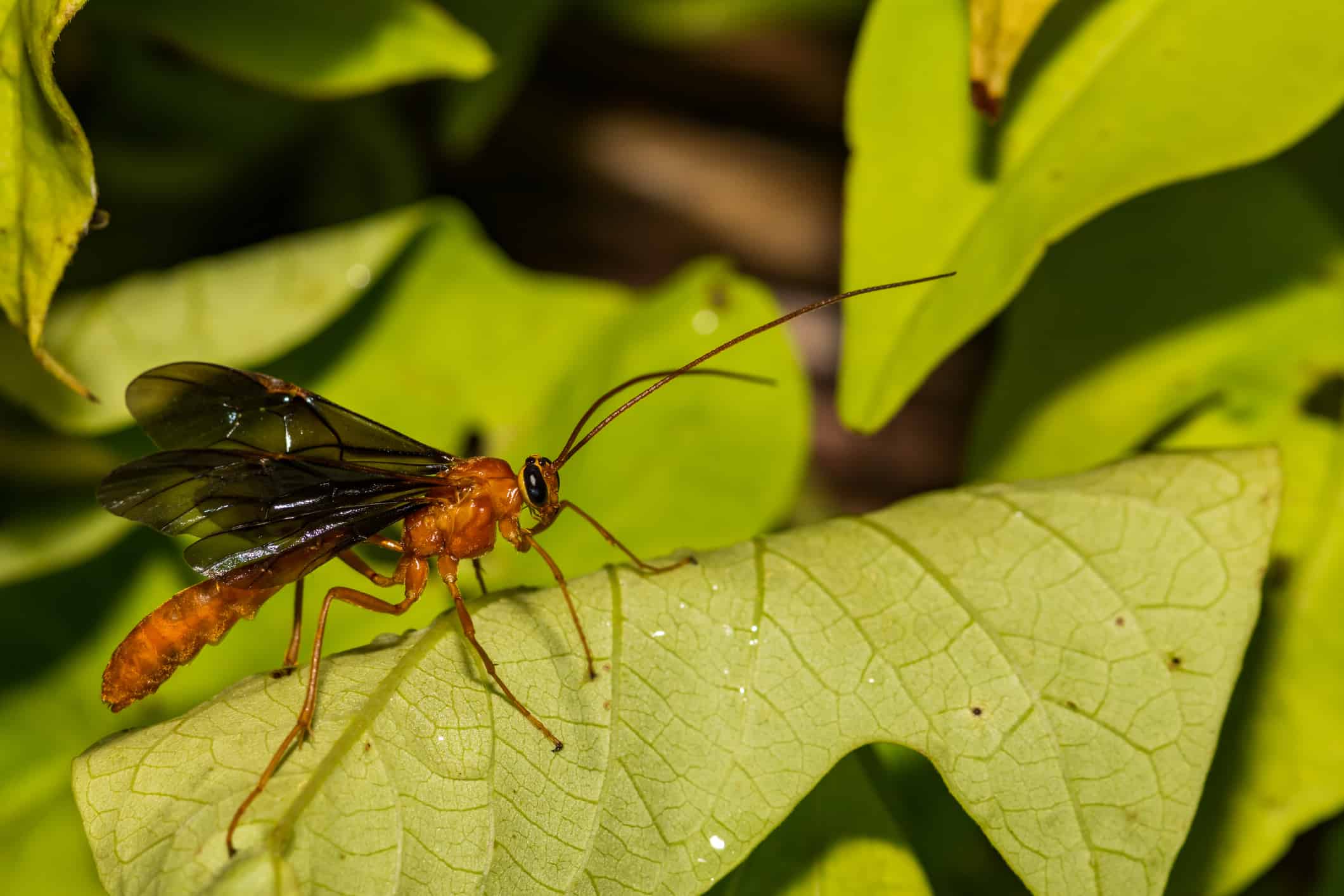
Some parasitoid wasps lay thousands of eggs at a time.
©JasonOndreicka/iStock via Getty Images
Two different types of parasitoid wasps make the list of insect species that produce the largest litter at once. Both species of parasitoid wasp can lay about 15,000 eggs at a time — which remains impressive for a nonsocial insect. These eggs, laid on vegetation for the most part, attach themselves to ants and end up killing their hosts whenever they reach full maturity inside the ant’s body.
Honey Bees (Apis mellifera)
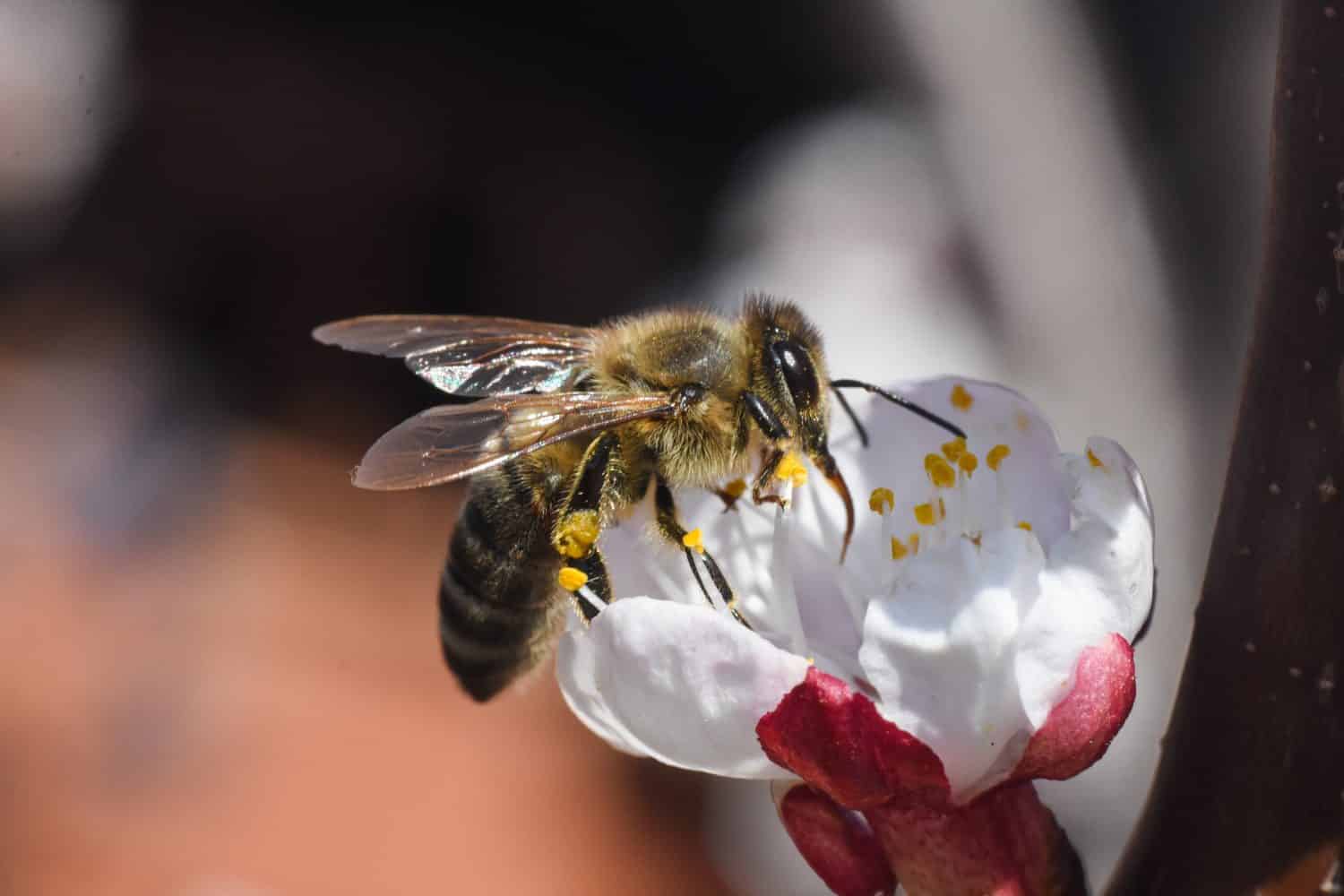
European
honey bee
queens may lay up to 2,000 eggs in a day.
©Ivan Marjanovic/Shutterstock.com
Finally, the eusocial honey bee queen comes in last place… still with a whopping rate of laying 2,000 eggs a day! That breaks down to about five or six eggs a minute, depending on how long she decides to lay eggs. Even more recent research from Penn State University has found that some queen bees may lay up to 3,000 eggs in a single day.
Despite the lower showing of a single day’s work, the honey bee queen succeeds in lifetime egg laying. Over the course of a queen bee’s life, they’ll lay at least 200,000 eggs to keep the colony buzzing along. With an average lifespan of only three to four years, that’s some “busy bee” work to lay that many eggs.
The photo featured at the top of this post is © Cheng_Wei/iStock via Getty Images
Thank you for reading! Have some feedback for us? Contact the AZ Animals editorial team.






